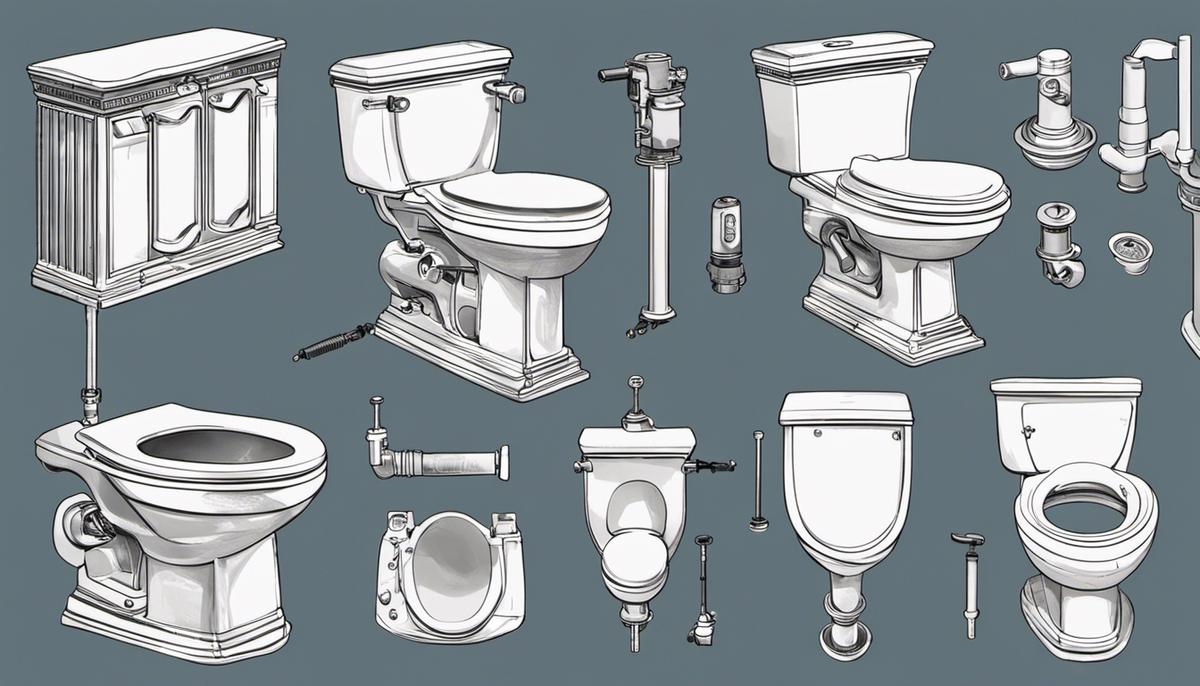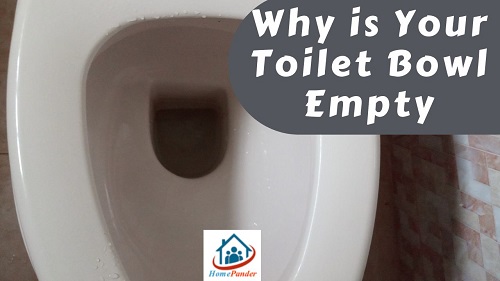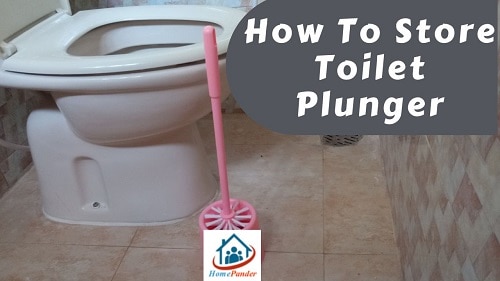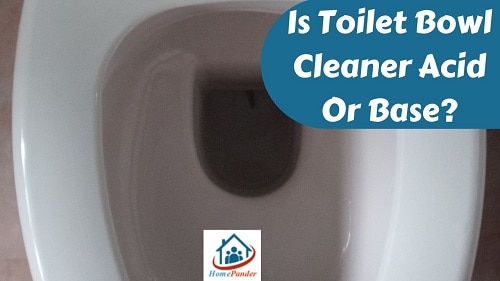Is there sediment in your toilet bowl that looks ugly and irritating? But, you don’t know why this sediment appears and how to clean them or prevent further appearance.
No worries, dear! You are not alone; most homeowners in the USA face this sediment in toilet bowl.
Here we let you know the reasons behind the sediment in the toilet bowl and the solution to get rid of this. So without further ado, let’s get started.
How To Get Rid Of Sediment In Toilet Bowl?

You can remove the sediment from your toilet bowl using homemade solutions or commercial cleaners. For this, just apply the mixture, wait 3-5 minutes, scrub the toilet, and clean it. That’s all.
This is the short answer to the whole procedure. But, to clean the sediment, first, you should learn what it is, how many types of it, and why it appears. Before going into the detailed cleaning process, it’ll be better to know them.
What Is Sediment?
When hard water flows through the toilet, it leaves some minerals in the bowl. After a period when this mineral accumulates in a large quantity, it is called sediment.
This simple issue may cause severe illnesses like urine infection and breathing irritation to you and your family. It can be embarrassing to have your guests and make your toilet look like a horror movie.
How Many Types Of Sediment In Toilet Bowl?
It’s not actually the sediment types; instead, the colors of sediment change after a period. There are three color-changing stages for this issue.
1. Grey Sediment In Toilet Bowl

When the minerals accumulate in the toilet in the first stage, this grey sediment is caused. The main reason for these deposits is the Calcium Carbonate contained in the water.
2. Brown Sediment In Toilet Bowl

As the time passes, the grey sediment turns into brown, mixing up with other urine and poop stains. However, water minerals are still responsible in this case.
3. Black Sediment In Toilet Bowl

When the toilet remains uncleaned for a long time, the minerals accumulate continuously and mix with other dirt and bacteria. In this period, it turns black gradually.
So, before it causes any harm to your family and turns your toilet unusable, take proper steps to get rid of this.
4. Sediment Cleaning Procedure
It’s time to get rid of the sediment from your toilet bowl. Now there are two things that you can do. Clean the sediment with the proper cleaner and then take preventive steps not to cause further residue. First, check how to clean it.
Method 1: Clean The Sediment With Homemade Solutions

To clean the sediment in the toilet bowl, you can apply a homemade cleaning solution like vinegar and baking soda.
- First, flush the toilet to remove the toilet’s loose dirt and debris.
- Next, pour one cup of white vinegar into the toilet bowl.
- Now, scrub the sediment with a toilet brush or toilet cleaning pad.
- Add one cup of baking soda to the surface. (If the sediment appears till now)
- Immediately add another cup of white vinegar and wait for 10-15 minutes.
- Scrub again with the cleaning pad and flash the debris with soft water.
Method 2: Clean The Sediment With Commercial Cleaners

Different commercial cleaners are available in the market to help you clean the sediment or mineral dust in the toilet bowl. For example, Lysol® Power Toilet Bowl Cleaner is one of the dedicated toilet bowl cleaners. There are other cleaners as well.
- Flush the toilet before cleaning and apply the liquid to coat the sediment of the bowl.
- After waiting for 3-5 minutes, scrub the affected surface of the bowl with a bristle cleaning brush and toilet cleaning pad.
- Flush the toilet with soft water and get a sediment-free toilet.
Preventive Steps Not To Get Back Sediment In Toilet Bowl
After cleaning the sediment, you need to take proper steps to prevent it from further coming back. Here’re the preventive steps.
- Install Water Softener
Since hard water is mainly responsible for the sediment in the toilet bowl, you have to soften the water supply in the toilet. In this regard, you should install a water softener. It removes the mineral from the water and turns it soft.
- Regular Maintenance
Regular maintenance of your toilet keeps it clean and prevents any mineral deposits in the toilet bowl. You can simply apply soap foam or toilet cleaner to the bowl and scrub with a brush. These simple steps work great in the long run.
Related Questions
[faq-schema id=”9196″]
Conclusion
In this article, we have provided information on sediment in toilet bowls, including causes, cleaning solutions, and prevention steps. Follow our instructions to prevent your toilet from becoming unusable and potentially harmful.
References:
https://protosh2o.act.be/VIRTUELE_BIB/Watertechniek/360_Hygi%EBne/361.1_VON_E20_basic_overview.pdf
https://www.jstage.jst.go.jp/article/bbb/74/3/74_90796/_article/-char/ja




![How to Remove Crystallized Urine [Explained]](https://homepander.com/wp-content/uploads/2022/02/How-To-Remove-Crystallized-Urine.jpg)






![How To Clean Dark Grout That Has Turned White [5 Easy Ways]](https://homepander.com/wp-content/uploads/2021/12/How-To-Clean-Dark-Grout-That-Has-Turned-White.webp)